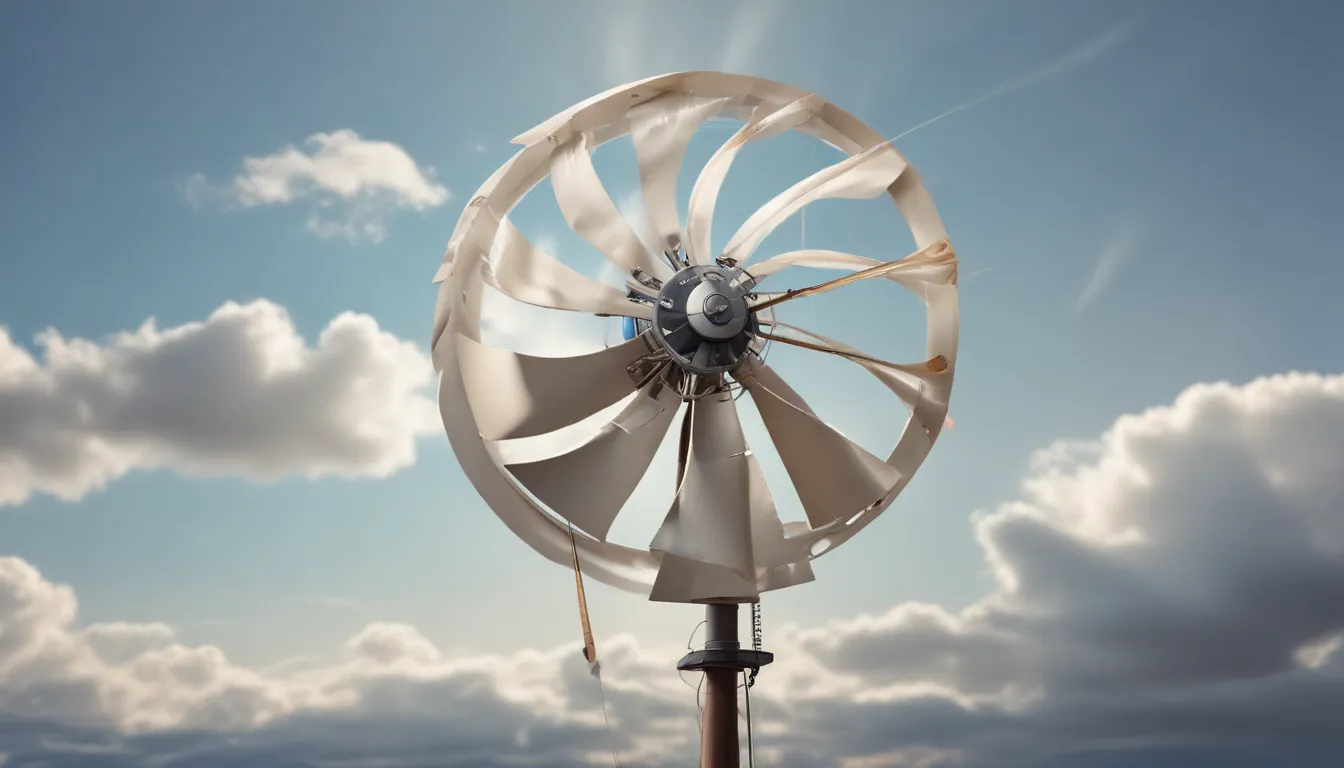A Note About Images: The images used in our articles are for illustration purposes only and may not exactly match the content. They are meant to engage readers, but the text should be relied upon for accurate information.
The wind, a force of nature that has captivated humans for centuries, holds immense power and potential. From ancient civilizations to modern technological advancements, the wind has been a source of inspiration and utility. Anemometers, devices designed to measure wind speed and direction, play a critical role in harnessing this power and understanding its impact on various industries and activities. Whether it’s for weather forecasting, renewable energy optimization, or recreational pursuits like kite flying and sailing, anemometers provide essential data that shapes our understanding of atmospheric dynamics.
Exploring the Origins of Anemometers
The history of anemometers dates back to ancient times, with the earliest known description attributed to Greek mathematician Leon Battista Alberti in the 15th century. The word “anemometer” itself has Greek origins, derived from “anemos,” meaning wind, and “metron,” meaning measure. This etymology highlights the primary purpose of anemometers: to quantify the force and direction of the wind. Over time, various types of anemometers have been developed, each serving specific functions in wind measurement.
Types of Anemometers
Anemometers come in different forms, including cup, vane, sonic, and hot-wire anemometers. The cup anemometer, with its rotating cups mounted on horizontal arms, is one of the most recognizable designs. This type of anemometer translates the rotation of the cups into wind speed measurements, providing valuable data for meteorologists and researchers. Other types, such as ultrasonic anemometers that use sound waves for precise measurements, have revolutionized wind data collection in research and aviation.
The Role of Anemometers in Various Industries
Beyond meteorology, anemometers play a crucial role in industries such as aviation, marine navigation, renewable energy, and environmental monitoring. These devices provide essential wind-related information for safe operations, optimal resource utilization, and environmental impact assessments. For example, in renewable energy systems like wind turbines, anemometers aid in site assessment and performance monitoring to maximize energy generation efficiency.
Advancements in Anemometer Technology
The evolution of anemometers has been marked by significant technological advancements, including wireless connectivity, data logging, and remote monitoring capabilities. These features enhance the efficiency and convenience of wind data collection across various applications, from climate research to sports and recreational activities. Hot-wire anemometers, with their sensitivity to subtle changes in airflow, have proven valuable in research settings and boundary layer studies.
Future Innovations in Anemometry
As the demand for accurate wind measurement persists, ongoing innovation in sensor technology and data analysis is shaping the future of anemometers. These advancements promise enhanced precision and accessibility for wind-related data, empowering industries and researchers with more reliable measurement capabilities. Smart weather stations, integrating anemometers for real-time data collection, cater to a broad range of users from hobbyists to professionals, highlighting the versatility and adaptability of these devices.
Conclusion
In conclusion, anemometers are indispensable tools for understanding and harnessing the power of the wind. With their historical significance, diverse applications, and pivotal role in numerous fields, anemometers remain integral to modern-day scientific exploration, industrial operations, and environmental stewardship. By delving into the fascinating details of anemometers, we gain valuable insights into their enduring relevance and innovation in today’s world. As technology continues to advance, anemometers will likely undergo further enhancements, providing industries and researchers with more precise and reliable wind measurement capabilities.
FAQs About Anemometers
-
What are the main types of anemometers?
Anemometers come in various types, including cup, vane, sonic, and laser anemometers, each utilizing distinct principles for accurate wind speed and direction measurements. -
How do anemometers benefit different industries?
Anemometers play a crucial role in meteorology, aviation, renewable energy, and environmental monitoring by providing essential wind data for weather prediction, flight safety, energy production, and air quality assessment.
Our Commitment to Quality Content
At our core, we are dedicated to delivering trustworthy and engaging content to our readers. Each fact shared on our platform is contributed by real users, ensuring a diverse range of insights and information. Our team of editors meticulously reviews each submission to uphold the highest standards of accuracy and reliability. Trust in our commitment to quality and authenticity as you explore and learn with us.






